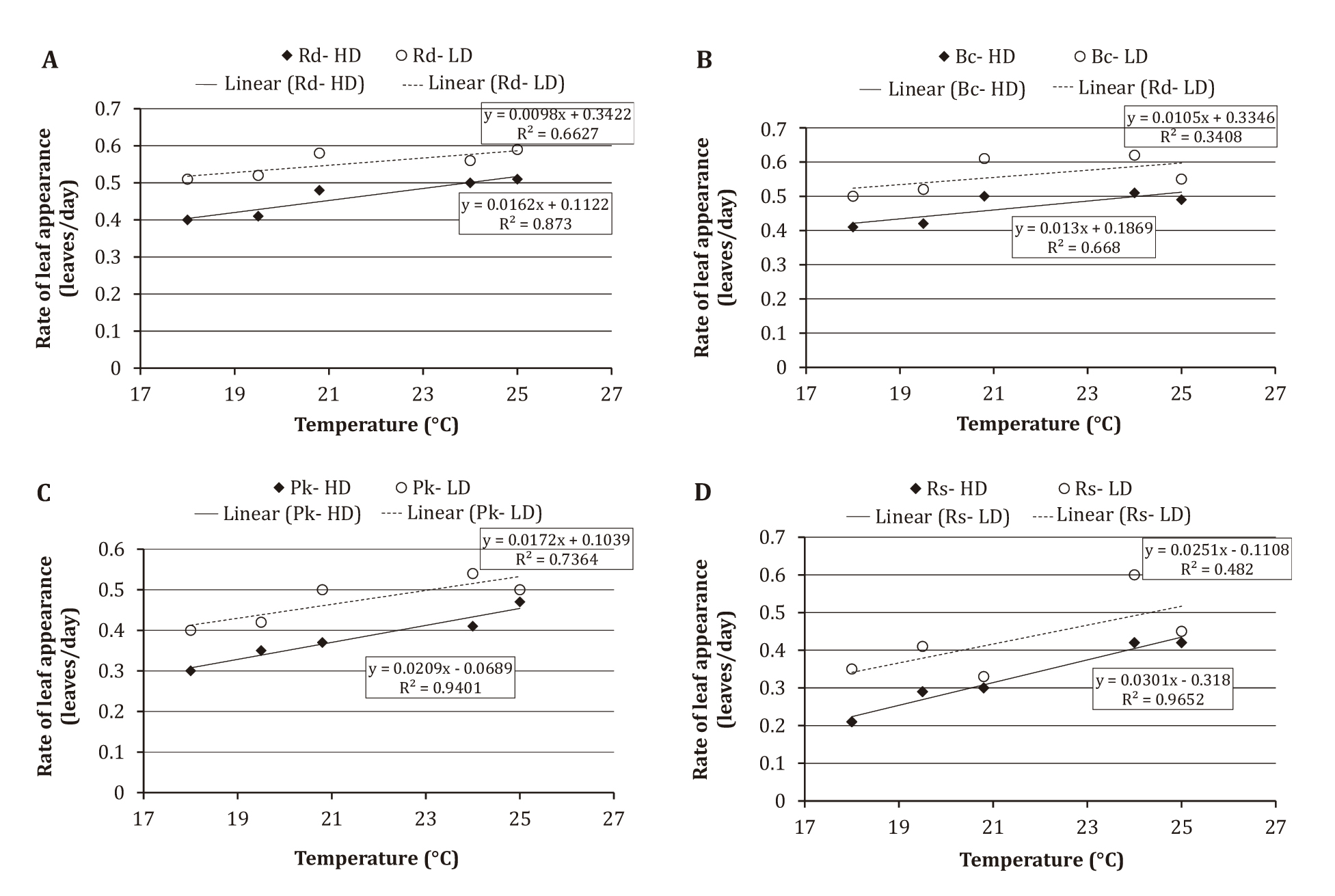Planting density and its effect on plant height and rosette quality in ornamental cabbages for cutting
Keywords:
Brassica oleracea L., foliage for cutting, market qualityAbstract
Brassica oleracea L. var. acephala is an ornamental cabbage cultivated as foliage for cutting due to the coloration of the rosette formed by its apical leaves. The plant height and the diameter of the rosettes may be modified through the planting density; however, there is not enough information about this. The aim of this study was to assess the influence of the planting density of four cultivars of B. oleracea L. var. acephala of the series F1 Crane: Bicolor, Pink, Red and Rose, on the plant height, rosette diameter, number of leaves, leaf area, root volume, and aerial and root fresh and dry weight. The experimental design was completely randomized, with six repetitions. The combination of density (56 plants.m-2 and 28 plants.m-2) and cultivar allowed obtaining eight treatments. The results showed that the treatments with high planting density improved commercial quality indices: achieving greater stem height and more compact and smaller diameter rosettes, leading to lower values of the rest of the vegetative variables evaluated. Also, as productive alternative, it would allow a more efficient use of the soil and reduce crop management activities such as manual leaves removal.
Downloads

Downloads
Published
How to Cite
Issue
Section
License
Aquellos autores/as que tengan publicaciones con esta revista, aceptan las Políticas Editoriales.










.jpg)




